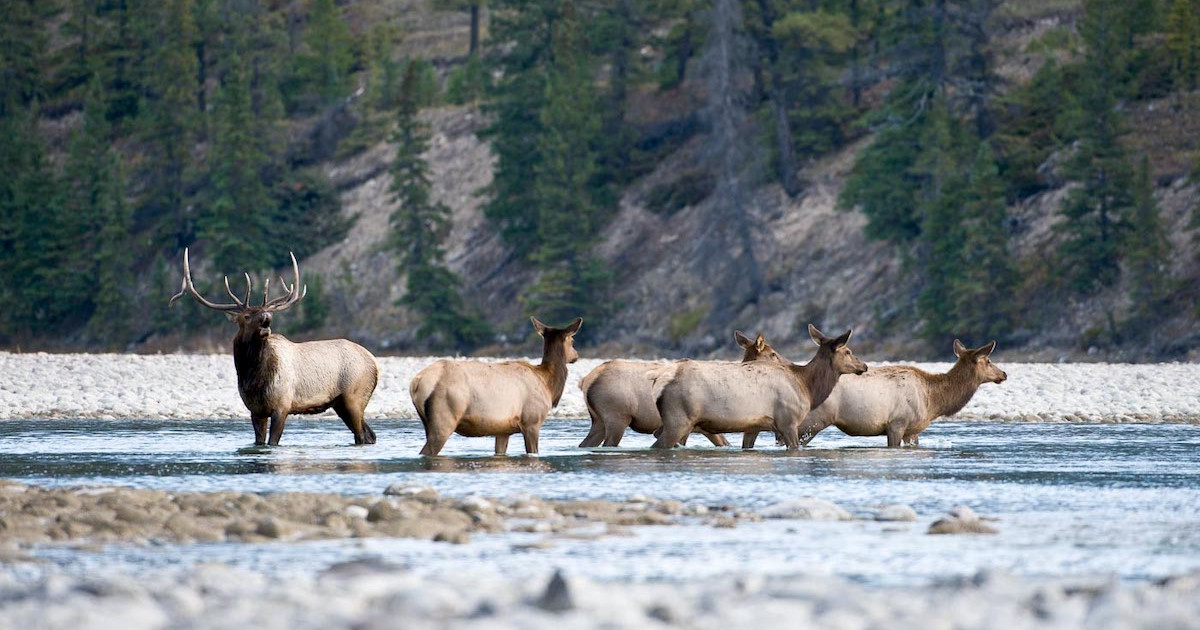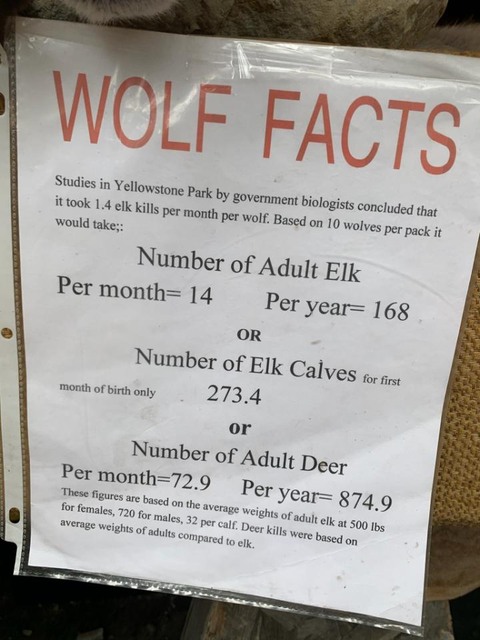Ben Long
Well-known member

How to Predator-Proof Big Game Herds
Maybe you’ve been there: You’re hunting and haven’t seen a hoofprint all day. Then there are tracks tearing up the snow—but instead of deer or elk, they are wolf, bear, or mountain lion. As predator populations have expanded across the West in recent decades, so has the debate about what to do...
This ought to stir the pot. Feel free to share if you find it interesting -- whether or not you agree.





